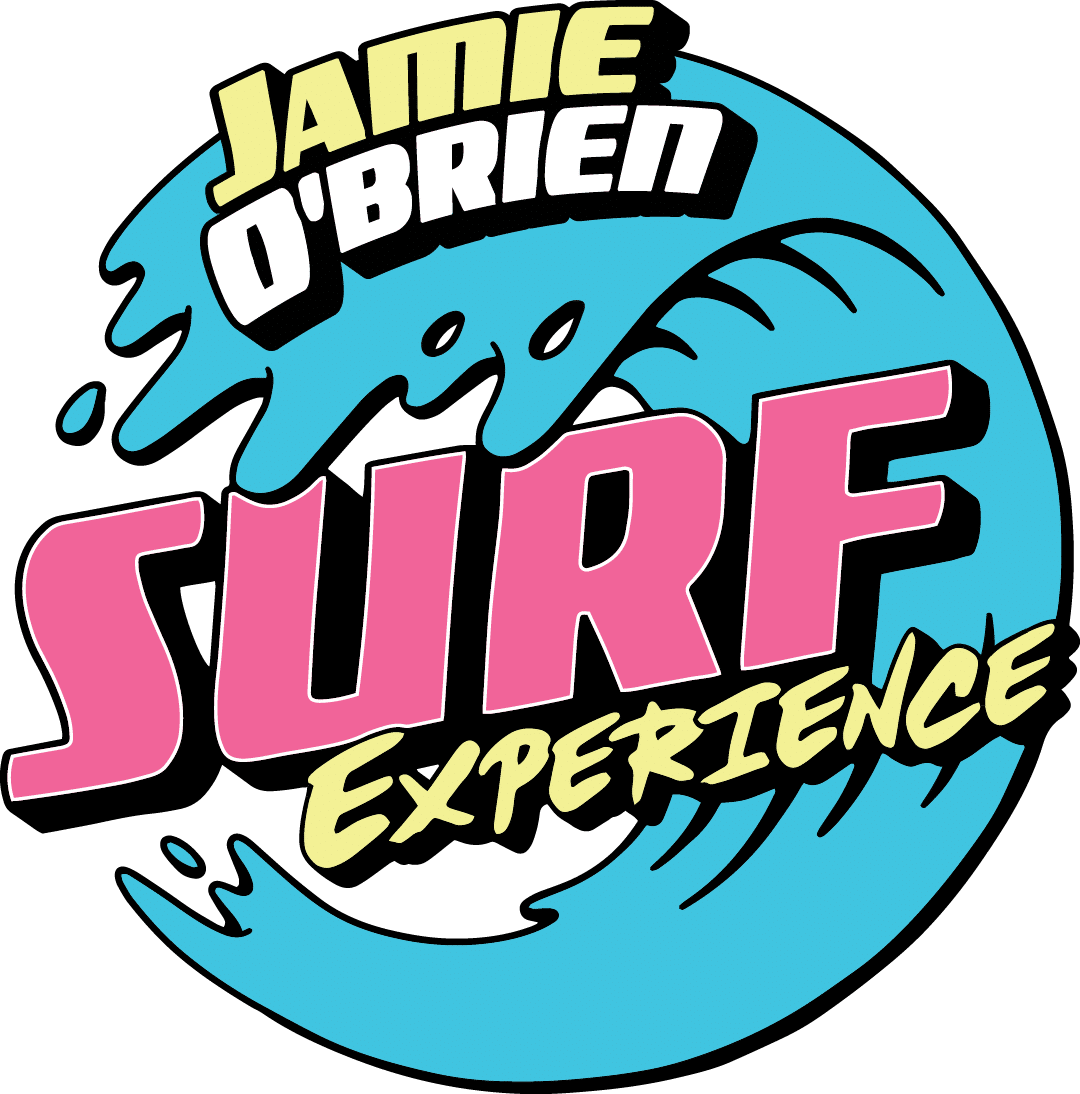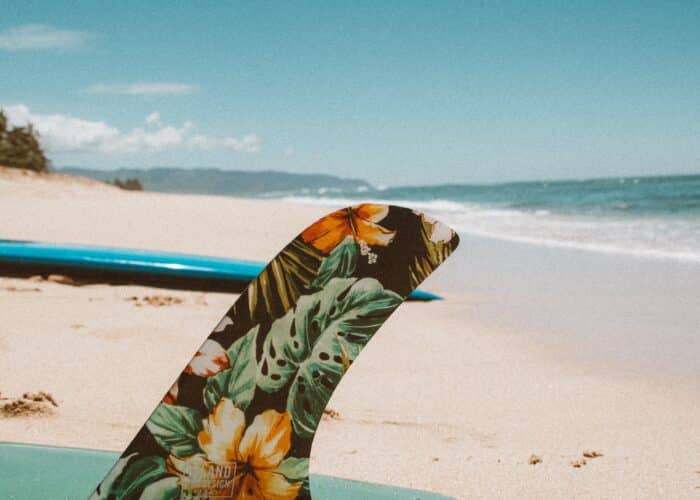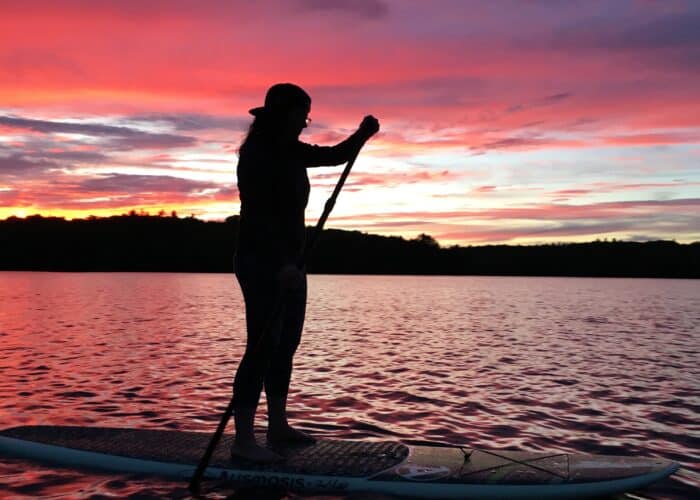Aloha from Jamie O’Brien and Our Oahu Surf School …
Okay, so you’ve decided it’s time… time to try out surfing, one of the most fun and exciting sports in the world! Woohoo! But wait a sec, taking your first step can be overwhelming. There’s so much to learn! True, but let’s start with the basics: surf boards. Shapes, sizes, tails, fins… oh my! Let our Oahu surf school break it down and make it easy.
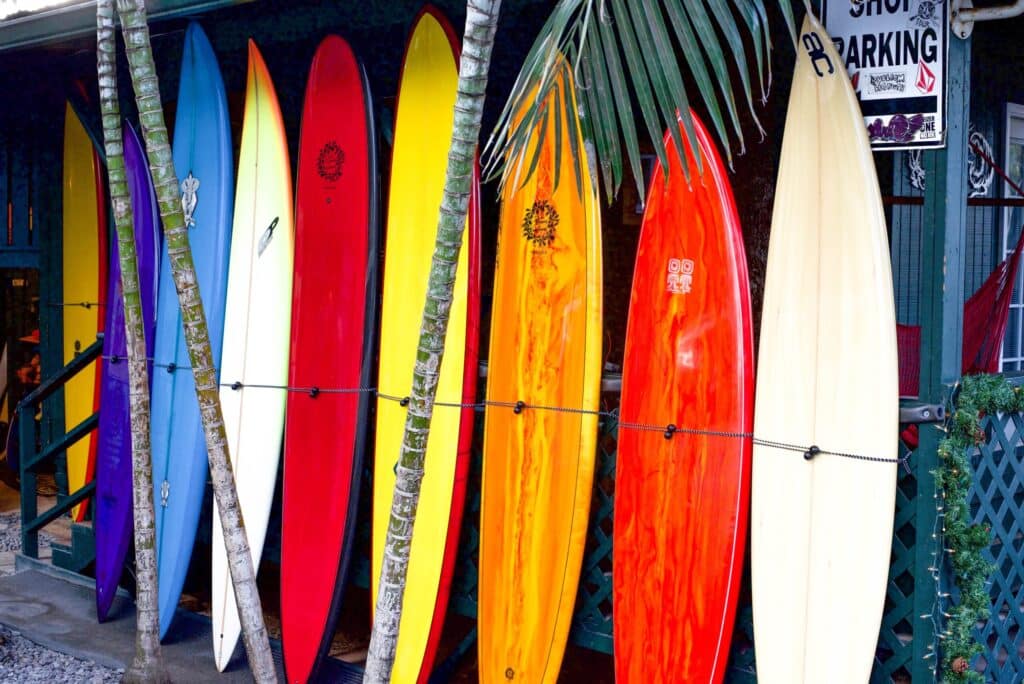
The Basics of Surf Boards
First things first, let’s talk about the basic parts of a surfboard:
- Nose: The front end of the board.
- Tail: The back end of the board.
- Deck: The top side of the board where you stand.
- Bottom: The underside of the board.
- Rails: The sides of the board.
- Rocker: The curve of the board from nose to tail.
- Fins: The fin(s) on the underside of the board.
Got it? Cool. Now that our Oahu surf school has gone over the lingo, let’s talk about different shapes and what makes a board good for beginners and catching that first wave. (Note: these aren’t ALL the board types there are, but these are the basics.)
1. Shortboards
Shortboards are the sportscars of the surf world. They are short, usually 5 to 7 feet, with a pointed nose and a narrow tail. These boards are super maneuverable and great for shredding waves, doing tricks, and catching air. However, they are not the best for beginners as they require more skill to balance and are a LOT of work to paddle.
2. Funboards
Funboards, as the name suggests, are super fun! They are a bit longer than shortboards, usually 6 to 8 feet, with a round nose and a wide tail. These boards are stable and easy to paddle, making them great for beginners and catching your first wave.
3. Longboards
Longboards are the big daddies of the surfboard world. They range from 8 to 12 feet and have a rounded nose and a wide tail. These boards are super stable and glide smoothly on the water, making them perfect for beginners, nose riding, and catching small waves.
4. Fish
Fish boards are short and wide, usually 5 to 7 feet, with a rounded nose and a swallow tail. These boards are fast and stable, making them great for small to medium-sized waves and for surfers who want to catch waves easily and ride fast.
What Makes a Board Good for Beginners and Surf Lessons?
Alright, so now that we know the basic shapes, let’s talk about what makes a board good for beginners and catching that first wave.
- Length: Longer boards are more stable and easier to paddle, which makes them great for beginners.
- Width: Wider boards are also more stable and easier to balance on.
- Thickness: Thicker boards are more buoyant and easier to paddle.
- Rocker: A flatter rocker (less curve from nose to tail) makes the board more stable and easier to paddle.
- Fins: A thruster fin setup (three fins) is the most common and versatile option for beginners.
So, if you are a beginner looking to catch your first wave, a longboard or a funboard would be a great choice. These boards are long, wide, thick, and have a flatter rocker, which makes them stable, buoyant, and easy to paddle. When you visit our Oahu surf school, our expert instructors make sure to get you on the right board for you. This gives you the most assurance you’ll catch a wave on your FIRST time trying surfing out. That’s something most people (who don’t opt for a lesson) can’t say.
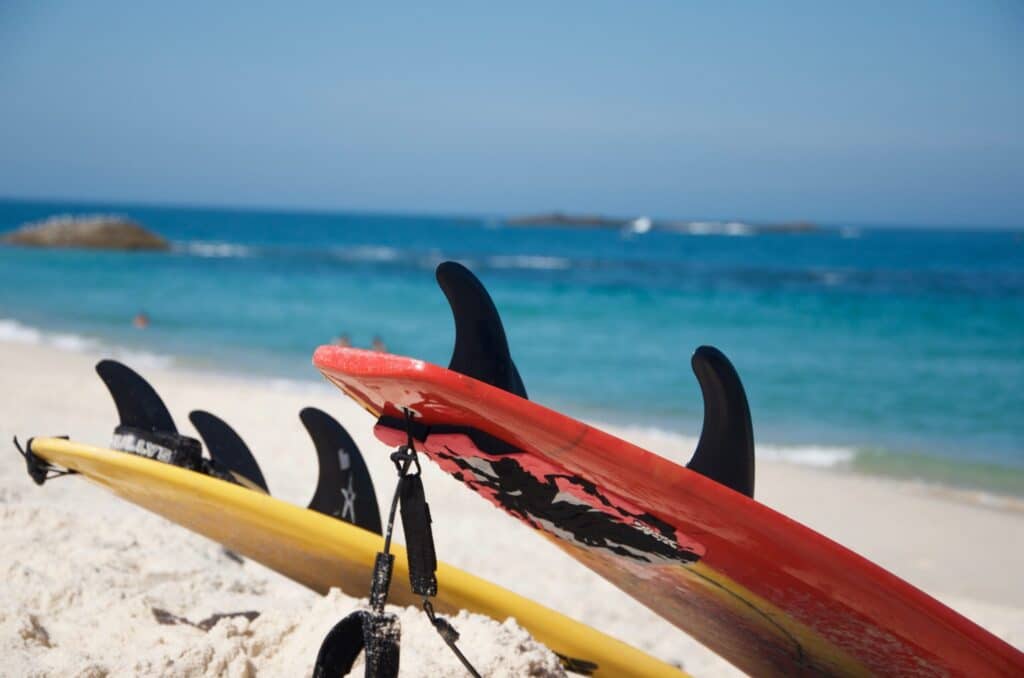
Remember, the most important thing about surfing is to have fun and stay safe. The best way to dip your toe into the surfing world is to contact Jamie O’Brien Surf Experience–our Oahu surf school is here for you!
